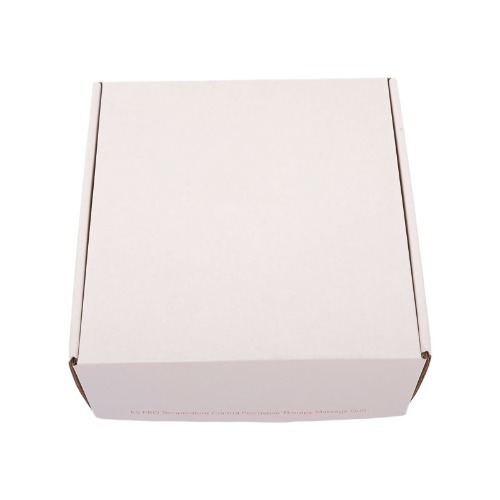The Application of Airplane Packaging Boxes and The Classification of Airplane Packaging Boxes
Airplane packaging boxes are specially designed to safely transport cargo and luggage on airplanes. Here are some common applications of airplane packaging boxes:
Airline cargo: Airplane packaging boxes are commonly used by airlines to transport cargo, including perishable goods, live animals, and hazardous materials. They are designed to meet specific airline regulations and can be made in a variety of sizes to accommodate different types of cargo.Luggage: Airplane packaging boxes are also used to transport luggage on airplanes. They offer an extra layer of protection for fragile or valuable items and can be used for oversized luggage that does not fit in standard suitcases or bags.Moving and storage: Airplane packaging boxes can be used for moving and storage purposes. They are sturdy and durable, making them ideal for transporting and storing items such as books, electronics, and household goods.Shipping: Airplane packaging boxes can also be used for shipping items via air freight. They are designed to withstand the rigors of air transportation and can be used to ship items both domestically and internationally.Trade shows and events: Airplane packaging boxes can be used for trade shows and events. They can be custom printed with logos and branding and used to transport and display products and promotional materials.
Overall, airplane packaging boxes are a versatile and durable solution for transporting a wide range of cargo and luggage on airplanes. They offer an extra layer of protection and can be customized to meet specific requirements.Besides,Airplane packaging boxes can be classified based on their size, construction, and intended use. Here are some common classifications of airplane packaging boxes:
Size: Airplane packaging boxes can be classified based on their size, which is typically measured in length, width, and height. Standard sizes are available for airline cargo and luggage, and custom sizes can be made to meet specific requirements.Construction: Airplane packaging boxes can be classified based on their construction, which is typically made of corrugated cardboard or plastic. Corrugated cardboard boxes are lightweight and easy to recycle, while plastic boxes are durable and reusable.Intended use: Airplane packaging boxes can be classified based on their intended use. For example, cargo boxes are designed to transport goods and equipment, while luggage boxes are designed to transport personal belongings. Other types of boxes include trade show boxes, event boxes, and shipping boxes.Shape: Airplane packaging boxes can also be classified based on their shape. Some common shapes include rectangular, square, and cylindrical boxes.Special features: Airplane packaging boxes can be classified based on their special features, such as custom printing, handles, and locking mechanisms. These features can be added to enhance the functionality and security of the boxes.
Overall, the classification of airplane packaging boxes depends on their size, construction, intended use, shape, and special features. Understanding these classifications can help to choose the right box for specific needs and applications.

 English
English  العربية
العربية











